I have to find the differential equation which describes the relation between input and output voltage for the circuit below. Per how the RC components are arranged, I simply can not find a differential equation only including \$V_\text{in}\$. All I got so far is the differential equation including the current \$i\$:
$$\frac{dV_\text{out}}{dt} = \frac{dV_\text{in}}{dt} - \frac{di}{dt}(R_1+R_2) - i\left(\frac{1}{C_1} + \frac{1}{C_2}\right) $$
I also couldn't find any similar examples in literature or on the internet. So my question is, am I overseeing something that lets me replace the current terms by \$V_\text{in}\$ terms or is it simply not possible to get such an equation for this circuit (that's what I'm starting to believe right now).
